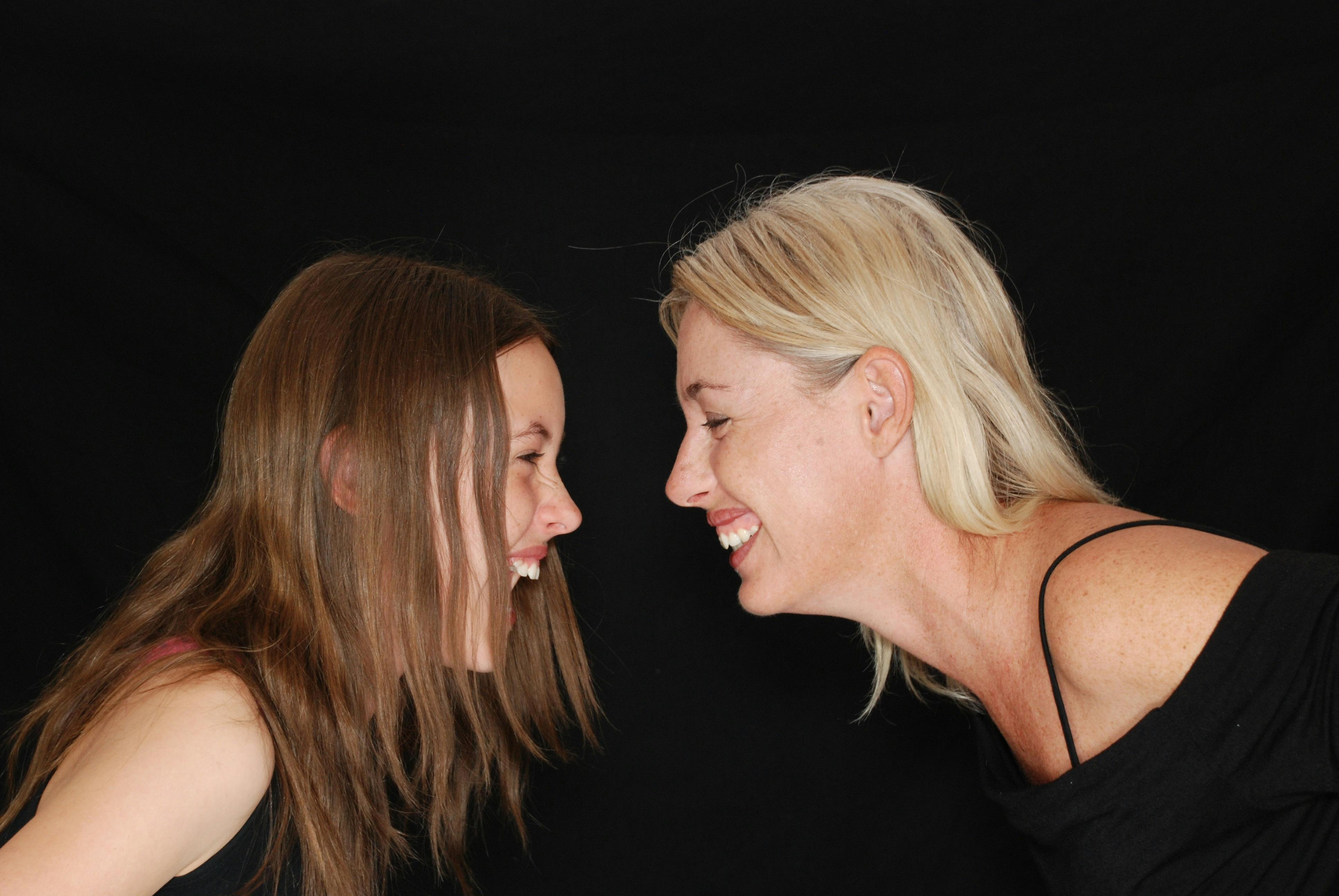Microgestures: The Unsung Language of Human Connection
In a world of grand gestures and viral moments, a subtle revolution in human interaction is unfolding. Microgestures, those tiny, often unconscious actions we perform daily, are emerging as a powerful force in shaping our social fabric. From a fleeting smile to a barely perceptible nod, these minute expressions carry immense weight in our interpersonal communications. Read below to explore how these small acts are transforming the way we connect, communicate, and build relationships in our increasingly complex social landscape.

The Science Behind Microgestures
At the heart of microgestures lies a complex interplay of neurobiology and social psychology. Research in the field of nonverbal communication has shown that these subtle cues activate specific regions in the brain associated with emotion and social cognition. The mirror neuron system, responsible for our ability to empathize and understand others’ intentions, is particularly responsive to these minute expressions.
Studies using functional magnetic resonance imaging (fMRI) have revealed that observing microgestures activates the same neural pathways as performing them, suggesting a deep, unconscious level of social synchrony. This neurological mirroring helps explain why microgestures are so effective in building rapport and fostering connection, even when we’re not consciously aware of them.
Cultural Variations in Microgestures
While many microgestures are universal, their interpretation and use can vary significantly across cultures. For instance, the subtle raising of eyebrows as a greeting is common in many Western cultures but may be considered overly familiar or even rude in some Asian societies. Similarly, the acceptable duration of eye contact during conversation differs widely between cultures, with some viewing prolonged eye contact as a sign of respect and others interpreting it as aggressive or confrontational.
Anthropologists and cross-cultural communication experts have documented numerous examples of how microgestures can lead to misunderstandings in international settings. For example, the slight head wobble common in Indian culture can be mistaken for a negative response by Westerners unfamiliar with its meaning of acknowledgment or agreement.
The Role of Microgestures in Digital Communication
In our increasingly digital world, the importance of microgestures has taken on new dimensions. With the rise of video conferencing and remote work, people are becoming more attuned to the subtle cues that convey engagement and attentiveness in virtual settings. A slight lean towards the camera, a well-timed nod, or maintaining eye contact with the device’s camera are all microgestures that have gained significance in the digital realm.
Social media platforms have also adapted to incorporate microgestures into their interfaces. The introduction of features like Facebook’s reaction emojis or LinkedIn’s quick response options are digital analogues to physical microgestures, allowing users to convey nuanced emotions and acknowledgments with minimal effort.
Microgestures in Professional Settings
The corporate world has begun to recognize the power of microgestures in shaping workplace dynamics and leadership effectiveness. Management training programs now often include modules on nonverbal communication, with a focus on how small actions can significantly impact team morale, negotiation outcomes, and client relationships.
Research in organizational behavior has shown that leaders who are adept at using and interpreting microgestures are often perceived as more charismatic and effective. A study published in the Journal of Applied Psychology found that CEOs who displayed a higher frequency of positive microgestures during investor presentations were more likely to secure funding and positive media coverage.
The Dark Side of Microgestures
While microgestures can be powerful tools for connection, they can also be weaponized in subtle forms of discrimination and microaggressions. Sociologists have documented how seemingly innocuous actions, such as slight changes in body posture or fleeting facial expressions, can convey bias and reinforce social hierarchies.
In the workplace, for example, studies have shown that women and minorities often experience a higher frequency of negative microgestures, such as being interrupted more often or receiving less eye contact during meetings. These subtle cues can contribute to feelings of exclusion and impact career progression.
Cultivating Microgesture Awareness
As our understanding of microgestures grows, so does the potential for harnessing their power to improve our social interactions. Mindfulness practices and emotional intelligence training are increasingly incorporating exercises to heighten awareness of these subtle cues. By becoming more attuned to our own microgestures and those of others, we can enhance our ability to communicate effectively and build stronger, more empathetic relationships.
In conclusion, microgestures represent a fascinating frontier in the study of human interaction. As we continue to navigate an increasingly complex social landscape, understanding and leveraging these tiny yet powerful cues may hold the key to more meaningful connections in both our personal and professional lives. By paying attention to the small things, we open ourselves up to a richer, more nuanced experience of human communication.





